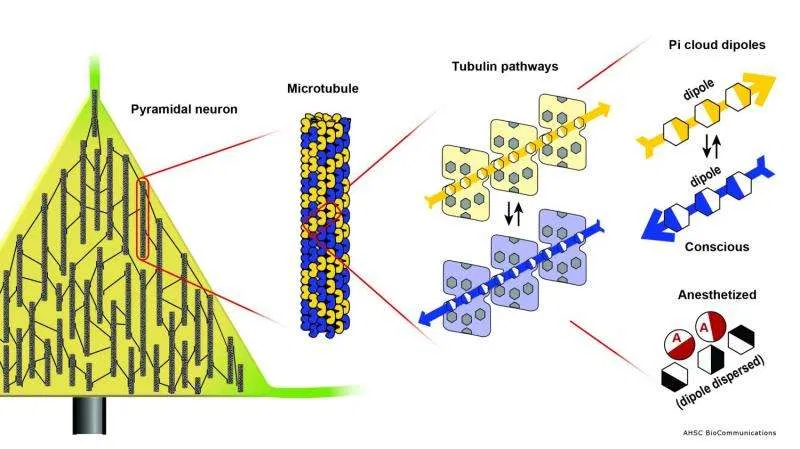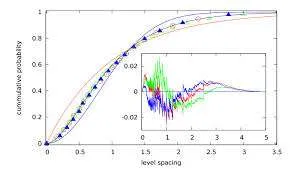This post discusses the Arxiv paper, Quantum Criticality at the Origins of Life, authored by Gabor Vattay, Stuart Kauffman et al. Electrical conduction is normally associated with the movement of electrons through conductive materials such as metals. However, this type of conduction is not seen as normal for organic systems. Hole and electron transport mechanisms have problems with the size of band gaps. Quantum tunnelling is important for enzymes, but is only effective over very short distances.

Biomolecules commonly have polar groups on one end and non-polar groups on the other. In protein folding, the non-polar groups come together to form hydrophobic pockets, while the polar ends protrude into the watery environment. Biomolecules and organelles mostly have non-polar interiors. Anaesthetic molecules have been shown to bind in these types of hydrophobic pockets, not just in membrane protein receptors, but also within the neuron in both mitochondria and microtubules. The hydrophobic pockets are formed mainly by aromatic molecules such as tryptophan that have pi-resonance clouds. In particular, pi resonance clouds are found within the tubulin building blocks of microtubules. The proximity of the tubulins is seen as being consistent with quantum coherence extending down the length of the microtubule.

Quantum coherence in photosynthesis appears to derive from coherent vibrations enabling quantum coherence in pi resonance clouds in the interior of proteins. This process of coherent vibration related to pi resonance clouds may also occur in microtubules. Bandyopadhyay's group have identified coherent microtubule vibrations at 103 Hz (kilohertz), 106 Hz (megahertz) and 109 Hz (gigahertz). quantumcritiOne suggestion is that these represent a hierarchy extending from microtubule bundles at kilohertz, through microtubules at megahertz and tubulins at gigahertz. Finally, the pi resonance clouds themselves vibrate at 1012 (terahertz).
Such vibrations involve compression and release, analogous to the action of an accordion. The inward compression of the vibrations pushes the pi-resonance clouds together so as to allow quantum coherence to extend through large regions of the interior of the proteins. This coherent state may quickly bounce back into a classical state, so there is no need for the system to sustain very long-lived quantum coherence.